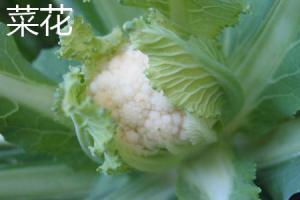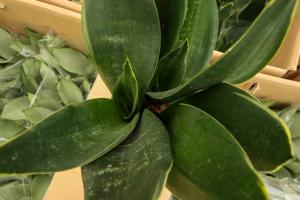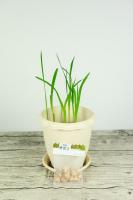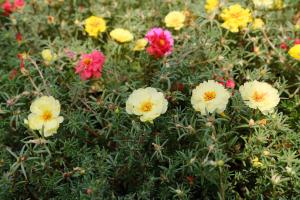What is Eating Tomato Plants
Tomatoes are a popular vegetable grown in many home gardens. They are relatively easy to grow, require minimal maintenance and produce an abundant crop. However, tomato plants are also susceptible to a host of pests and diseases that can damage or destroy the crop. One of the most common problems that tomato growers face is the issue of what is eating tomato plants.
Caterpillars
Caterpillars are one of the most common pests that can cause damage to tomato plants. They are the larval stage of butterflies and moths and feed on the leaves and stems of the tomato plant. The caterpillars can be easily identified by their long, segmented bodies and the presence of legs on each segment. To control the caterpillars, it is recommended to remove them by hand and use a biological insecticide, such as Bacillus thuringiensis (Bt), which targets only the caterpillars and not the other beneficial insects in the garden.
Aphids
Aphids are another common pest that can cause damage to tomato plants. They are small, soft-bodied insects that feed on the sap of the tomato plant. The damage caused by aphids includes yellowing and curling of leaves and stunted plant growth. To control aphids, it is recommended to use insecticidal soap or neem oil sprays. These sprays are effective in controlling aphids without harming the plant or the beneficial insects in the garden.
Whiteflies
Whiteflies are small, white insects that resemble tiny moths. They are commonly found in greenhouse environments and can be difficult to control. Whiteflies feed on the sap of the tomato plant and can cause yellowing of the leaves and stunted growth. To control whiteflies, it is recommended to use yellow sticky traps, which attract the insects and prevent them from laying eggs on the plants. Additionally, natural predators such as ladybugs, lacewings, and parasitic wasps can be introduced to the garden to help control the whitefly population.
Hornworms
Hornworms are large, green caterpillars that can cause significant damage to tomato plants. They can grow up to 4 inches in length and can consume large amounts of leaves and fruit. To control hornworms, it is recommended to handpick them off the plant and use a biological insecticide such as Bt. Additionally, planting parsley or dill near the tomato plants can attract parasitic wasps, which lay their eggs on the hornworms and kill them.
Conclusion
In conclusion, there are many pests that can cause damage to tomato plants. Identifying these pests and using the appropriate control measures can help to protect the tomato crop and ensure a successful harvest. Additionally, practicing good garden hygiene, such as cleaning up the garden at the end of the season and rotating crops, can help to prevent pest and disease problems in the future.

 how many times do yo...
how many times do yo... how many planted tre...
how many planted tre... how many pine trees ...
how many pine trees ... how many pecan trees...
how many pecan trees... how many plants comp...
how many plants comp... how many plants can ...
how many plants can ... how many plants and ...
how many plants and ... how many pepper plan...
how many pepper plan...

































